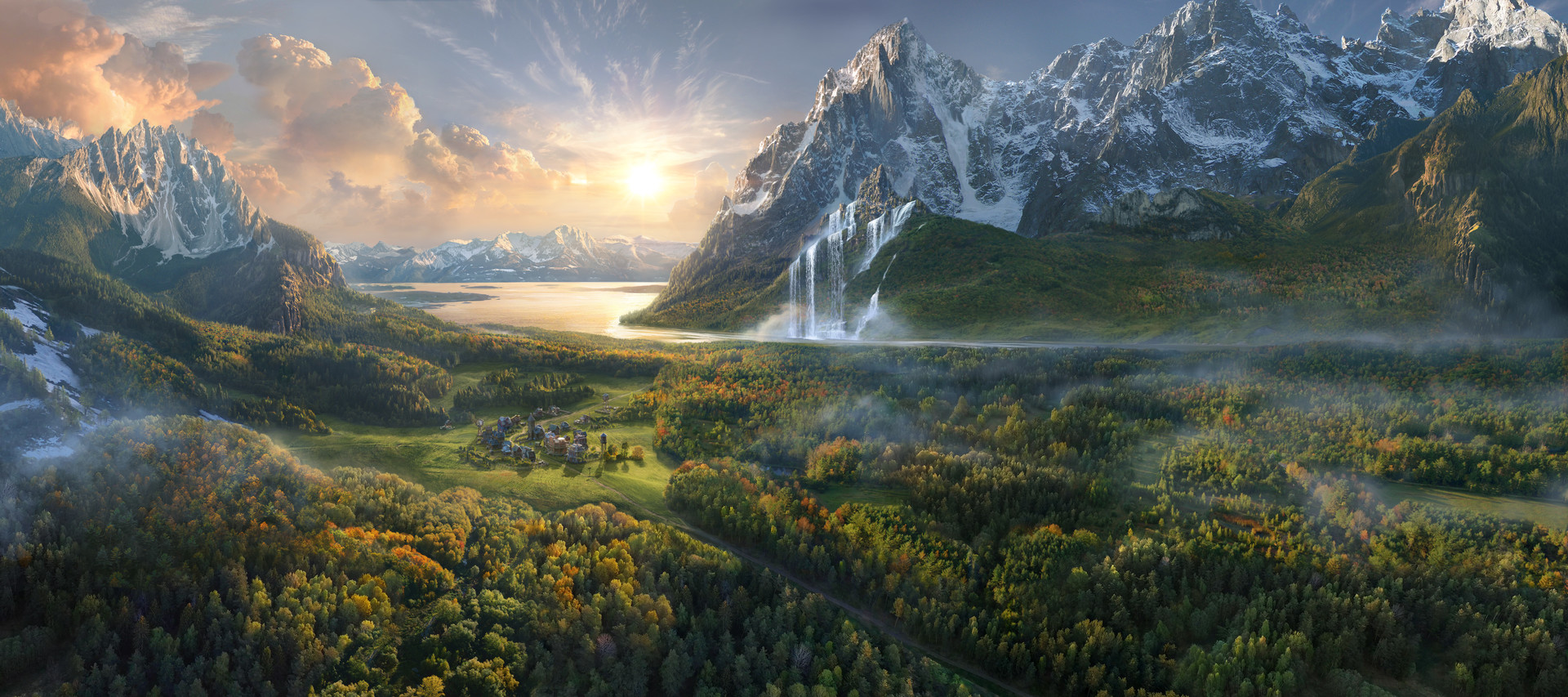Nox Primaris
Many civilizations on Avaria have their own name for the largest of the worlds three orbiting moons. It is the closest to the planet and dominates the night sky when full. The light from the moon bathes the land below in a soft pale blue light at night and many of the surface-dwelling races have become nocturnal preferring to live and hunt by twilight as opposed to the harsher light of day.
To most, it is but a constant feature of the night sky, the source of stories and superstitions, but to the Drakkar clans, it is a fundamental part of their culture and their call to greatness.Each Drakkar is raised to believe that one day when a champion has won enough glory in the eyes of Drakkael, the eye will crack open as an egg and the gods themselves shall return. Thus does each Drakkar seek to elevate themselves and their clans to earn Drakkael's favour. Those few who choose to leave the clans or are exiles will often seek to dominate others to boost their own standing and rise as a champion worthy of favour.
Geography
The Moon hangs low in the sky year-round due to its close proximity and strong gravitational orbit. It is an off white colour with a celestial ring of pale blue light emanating from its lower side that is not present on the other two moons of Avaria. The source of this light has given rise to many tales amongst Avarias Cultures. Its surface is pockmarked with impact craters and large gorges. Regularly spaced ravines also run along its surface in unnaturally straight, geometric patterns.
This light bathes the world below when the sun has set, it is rare for a night to be pitch black as Primar
Fauna & Flora
To the knowledge of Avaria's civilisations, the moon bears no life.
Tourism
None have learned how to break the atmosphere at this time.
Alternative Name(s)
Deshal, Nox Primaris, The Greater, The Eye of Drakkael
Type
Planetoid / Moon


